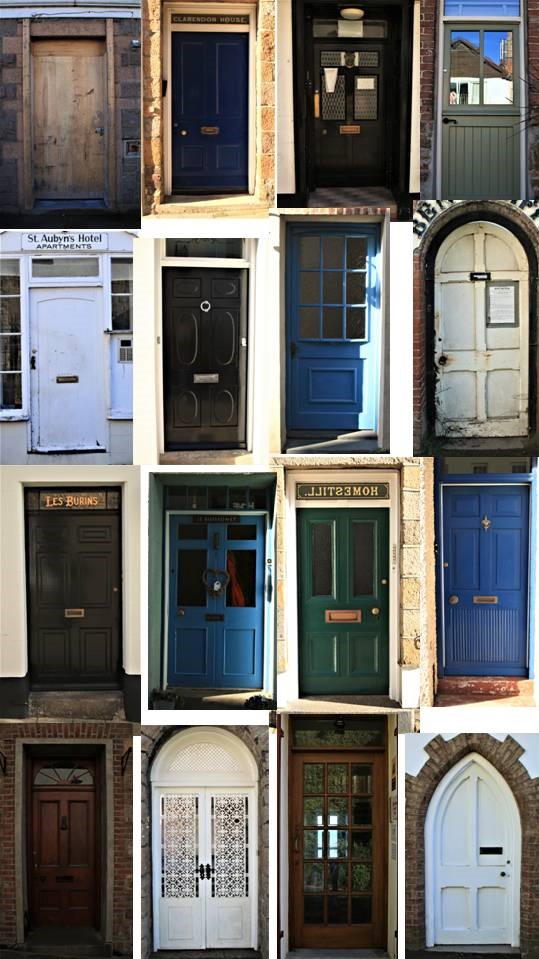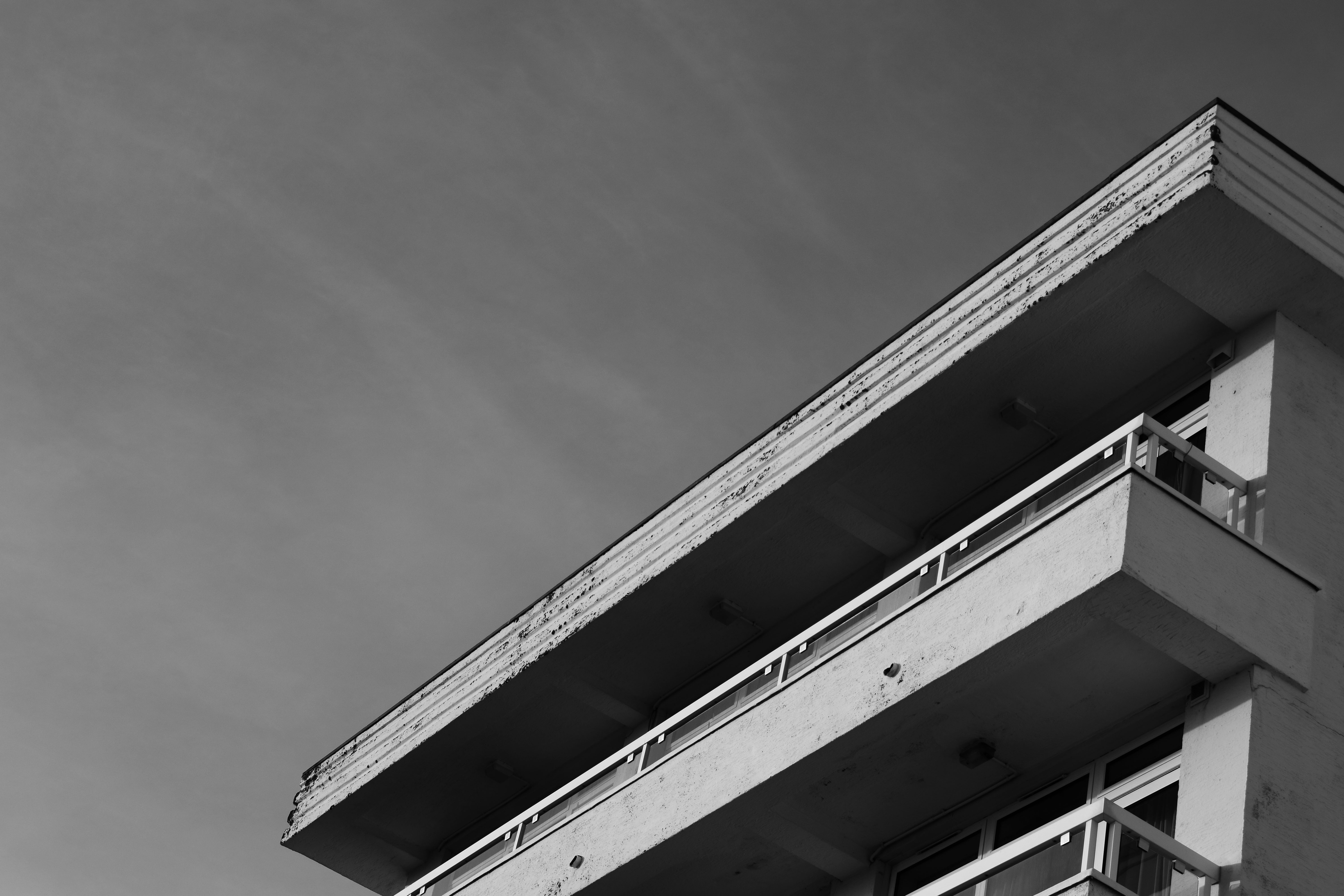
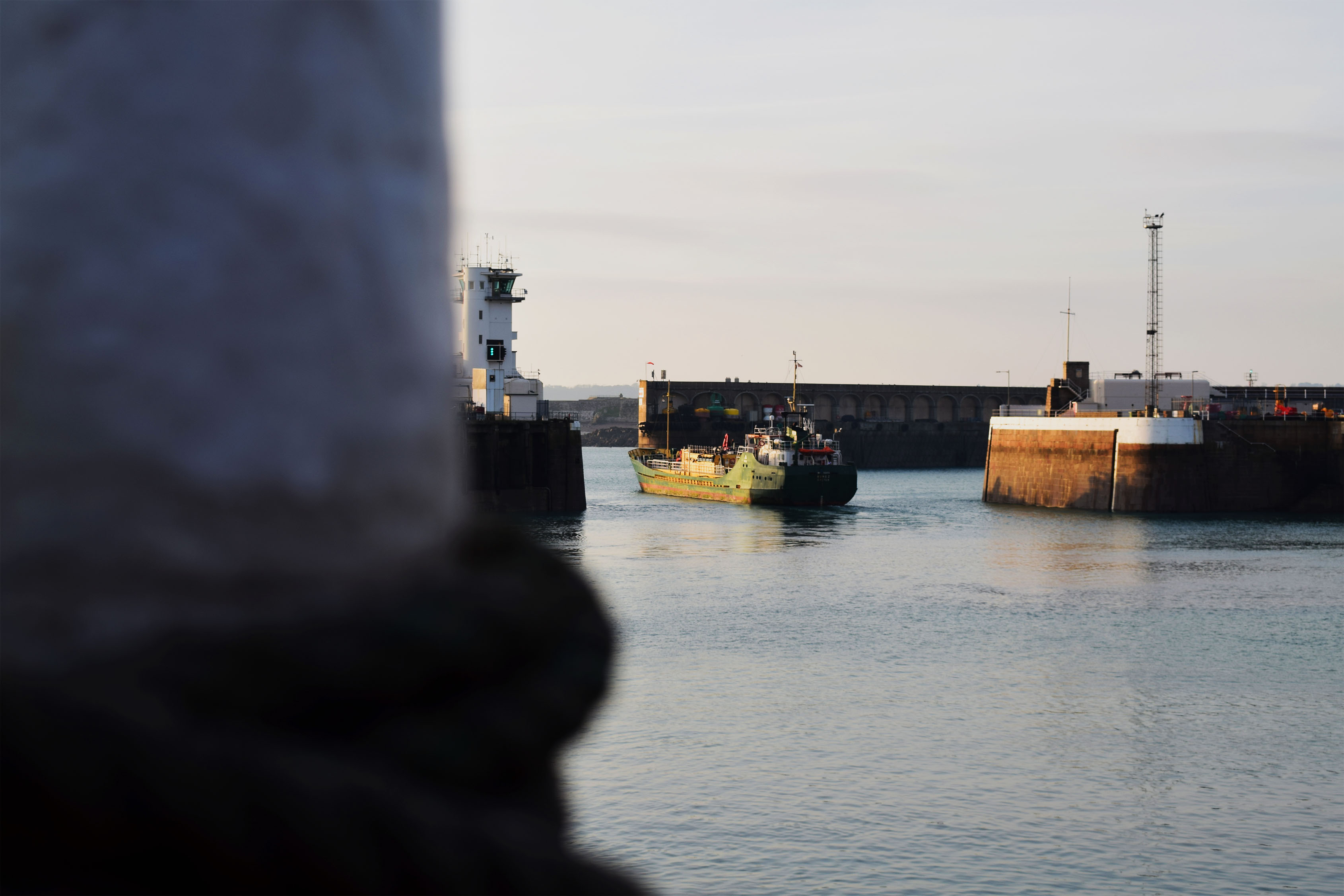



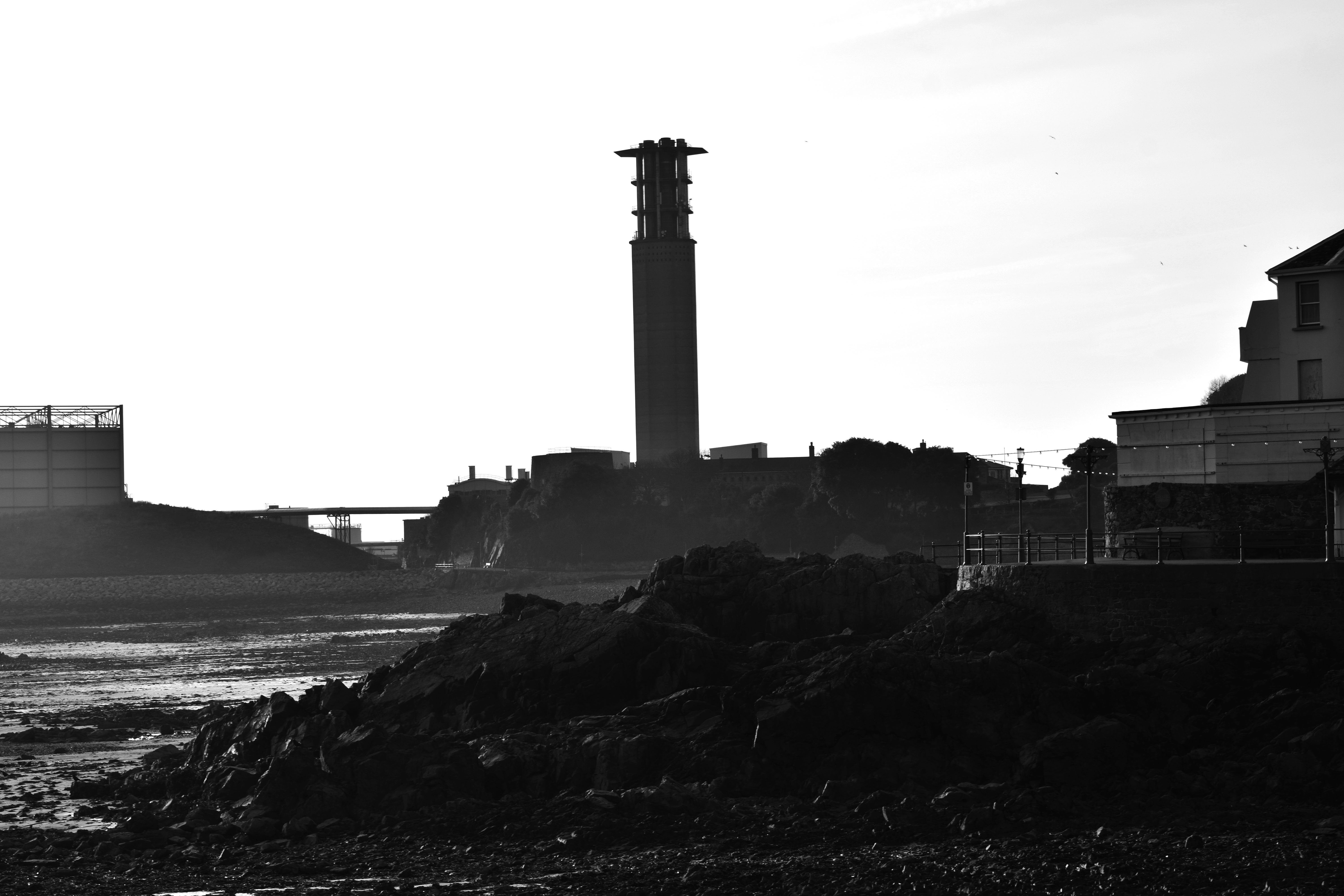
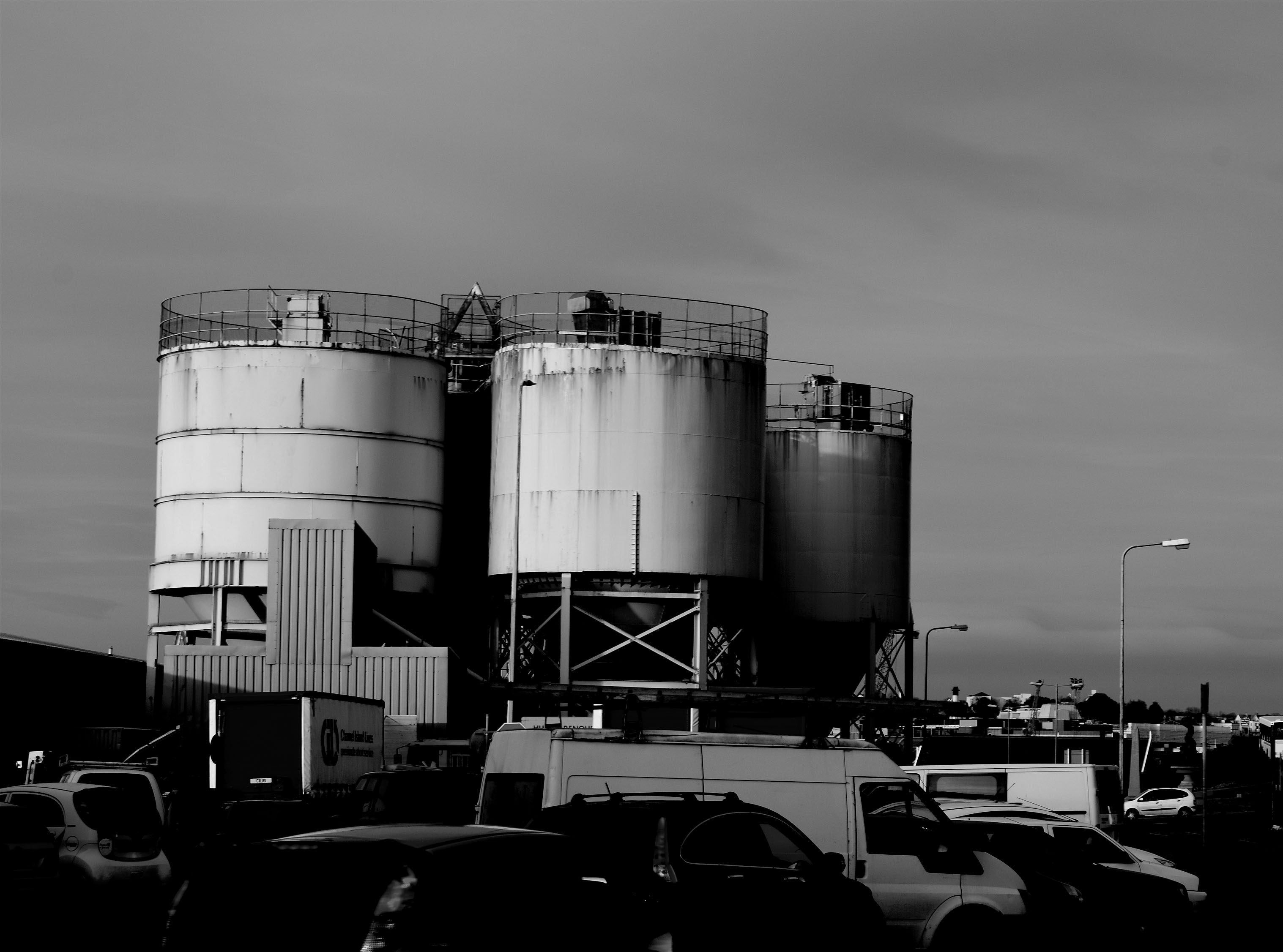
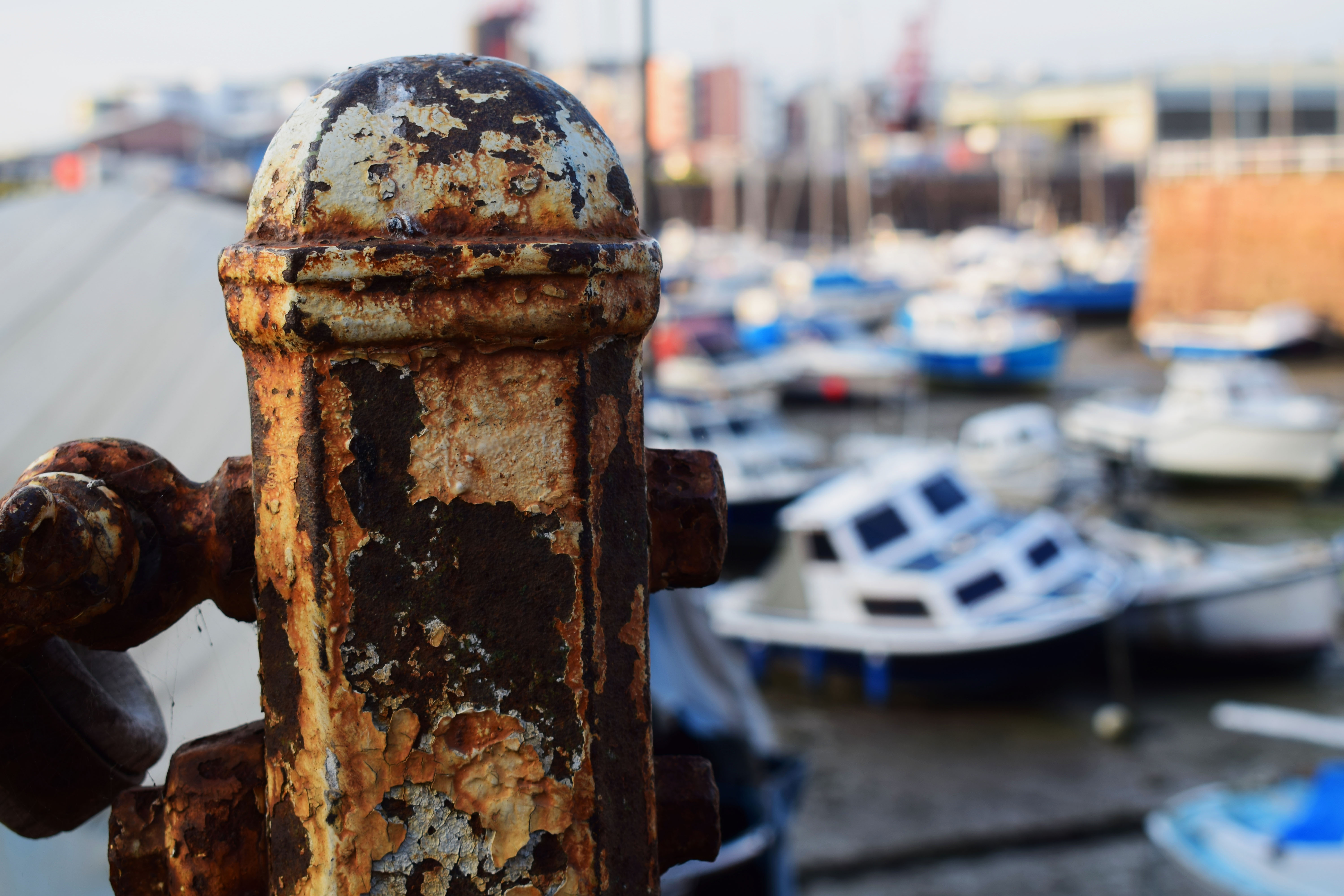


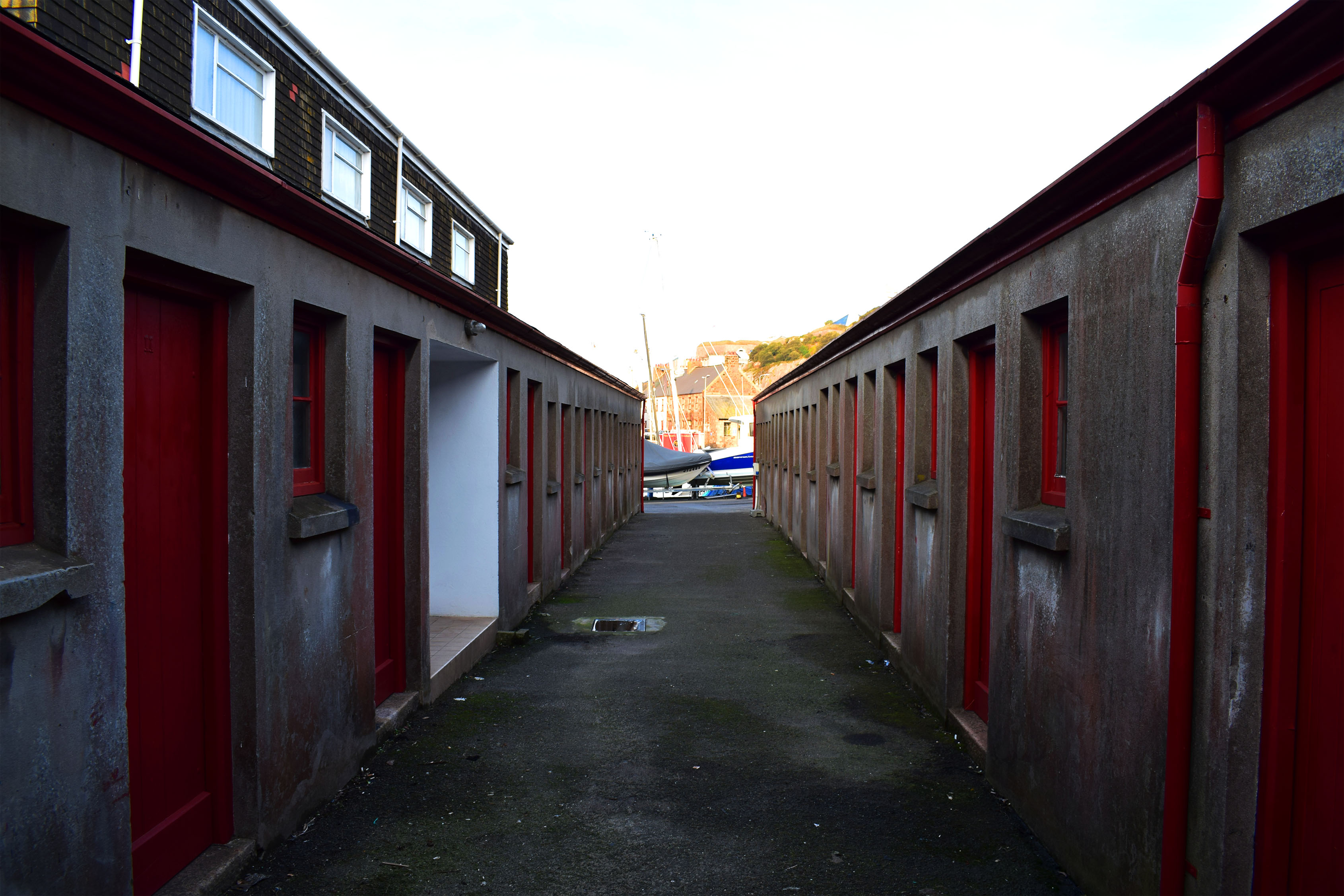
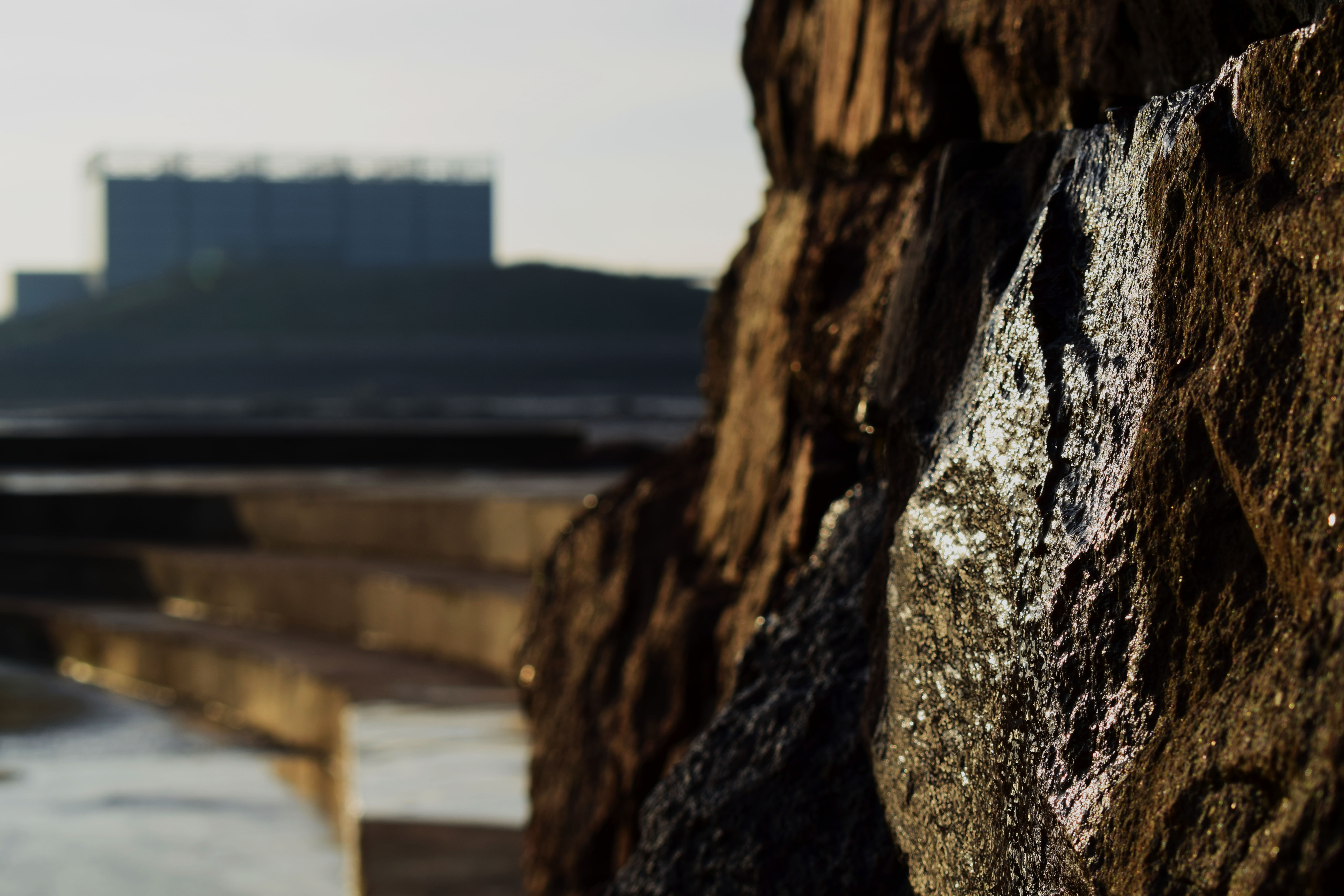
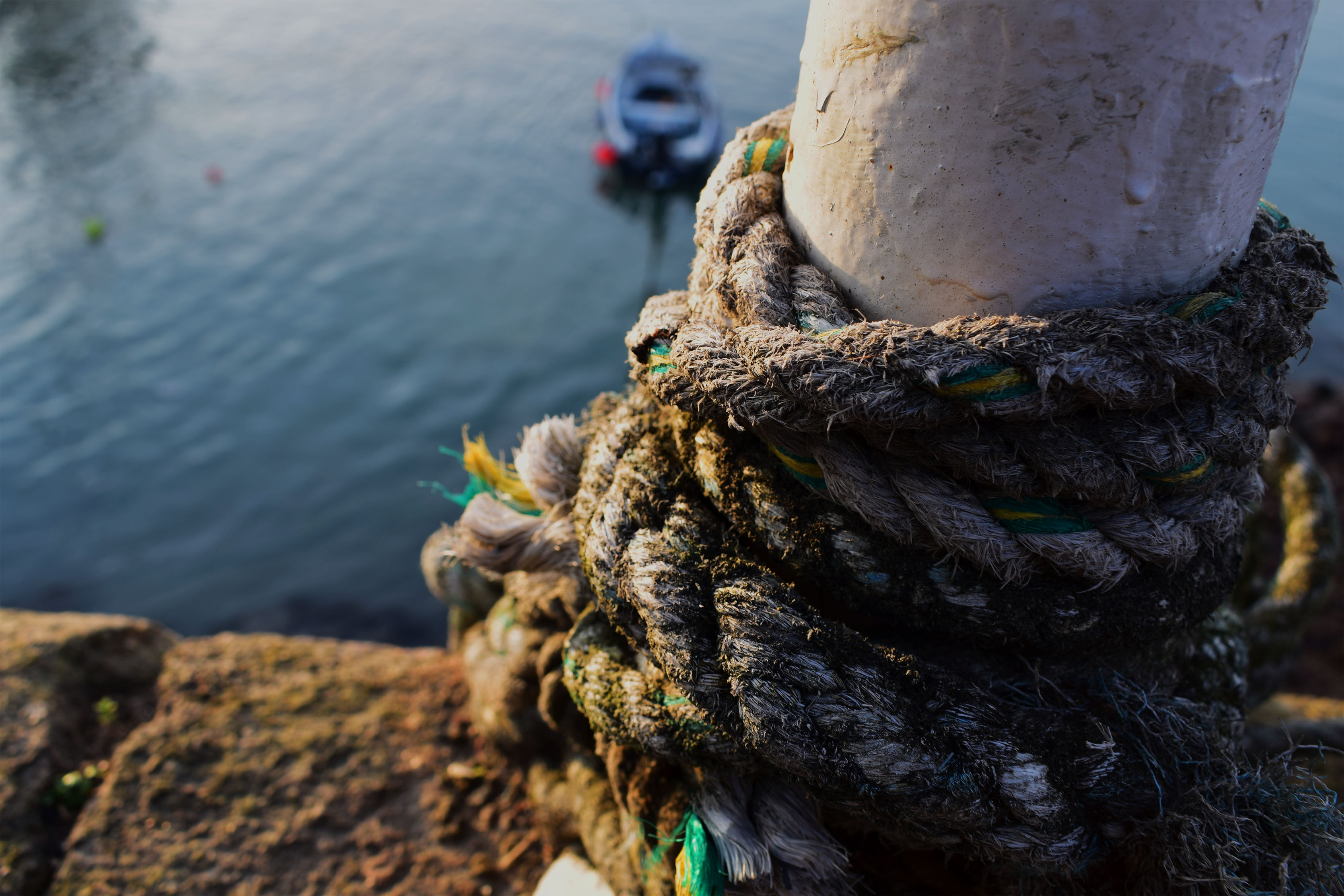

Edited photos of New york



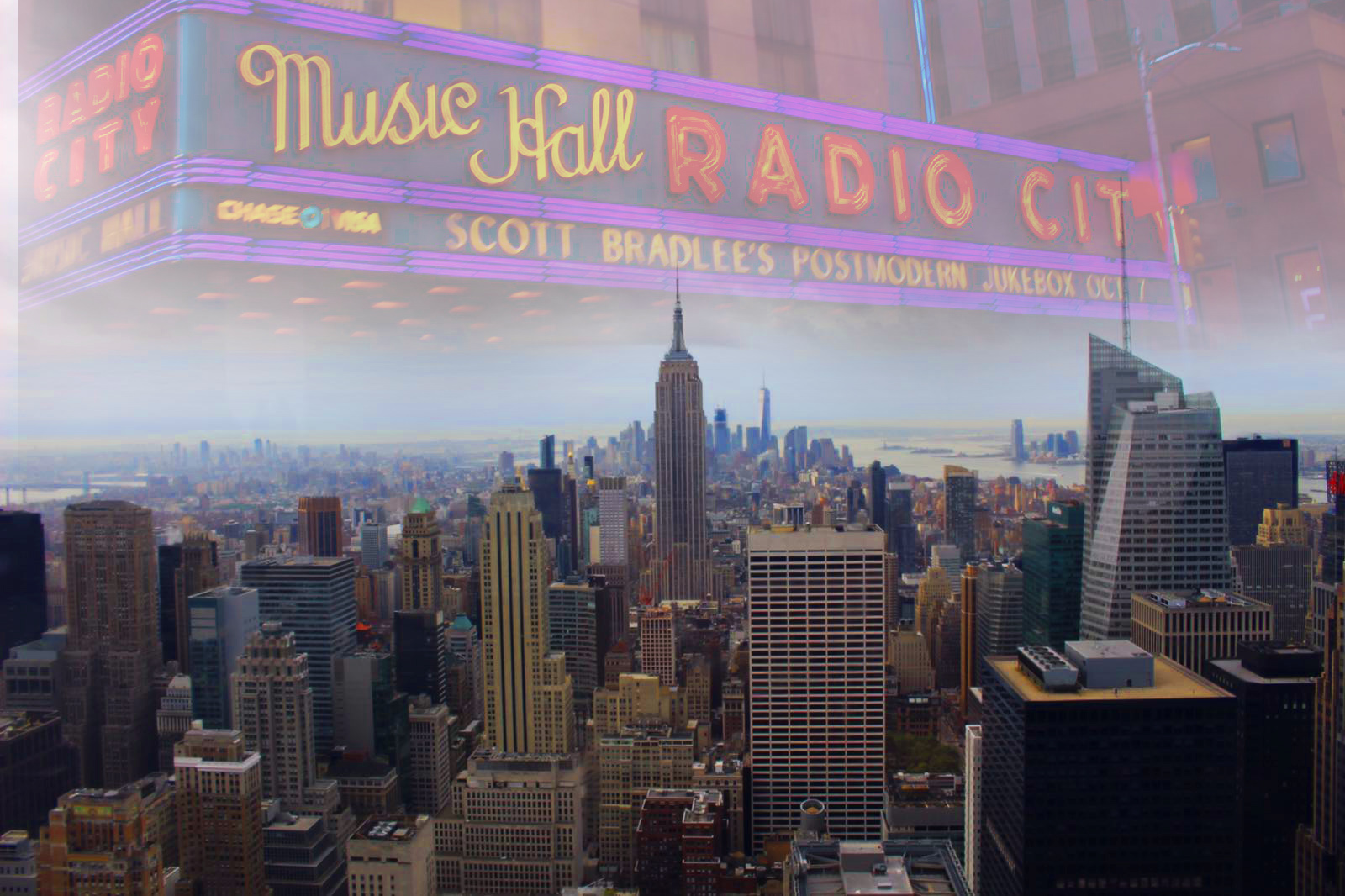
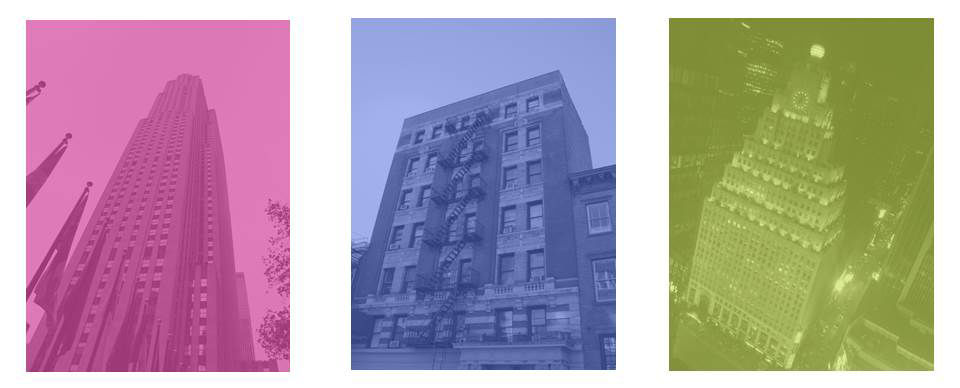
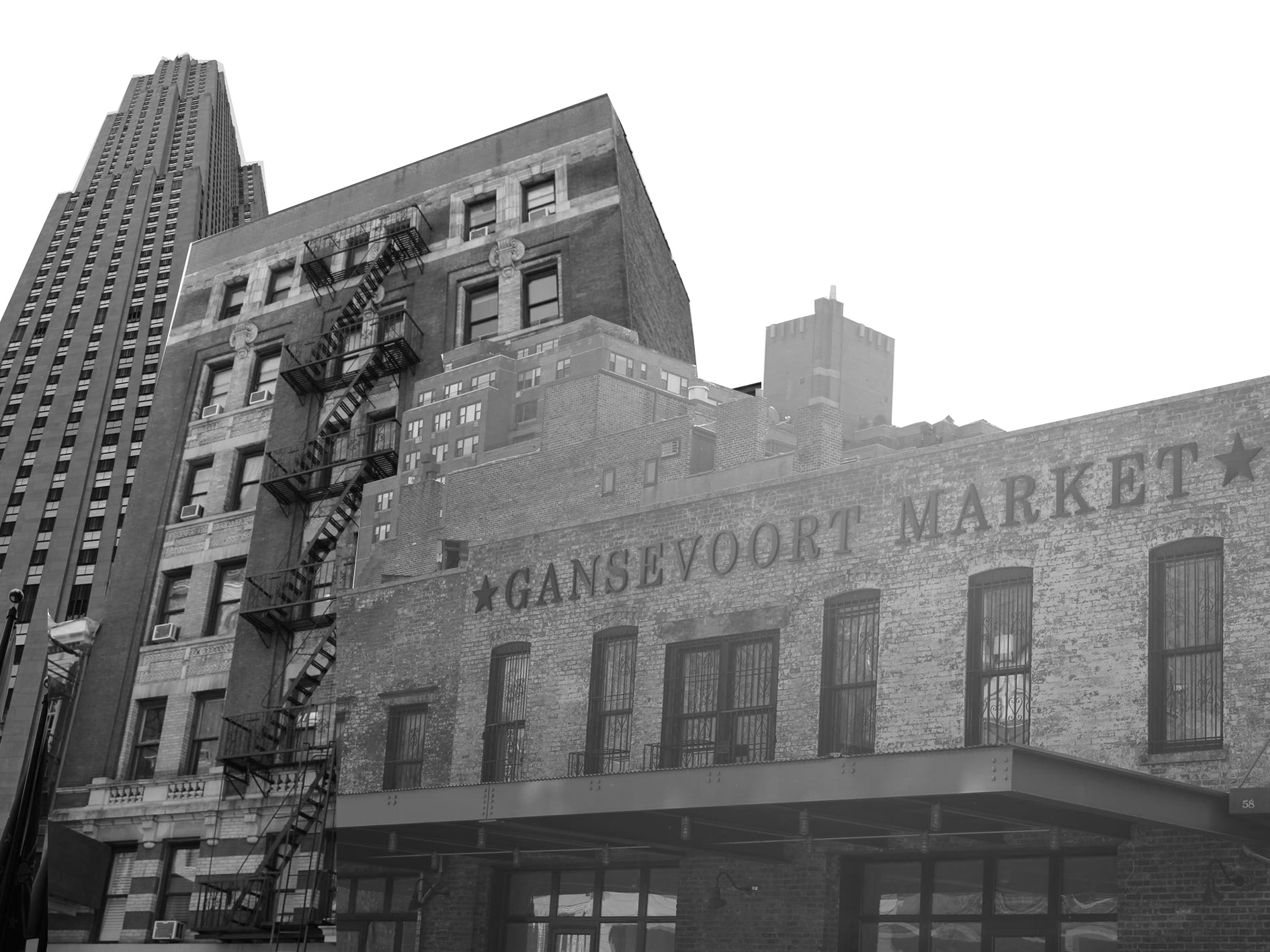
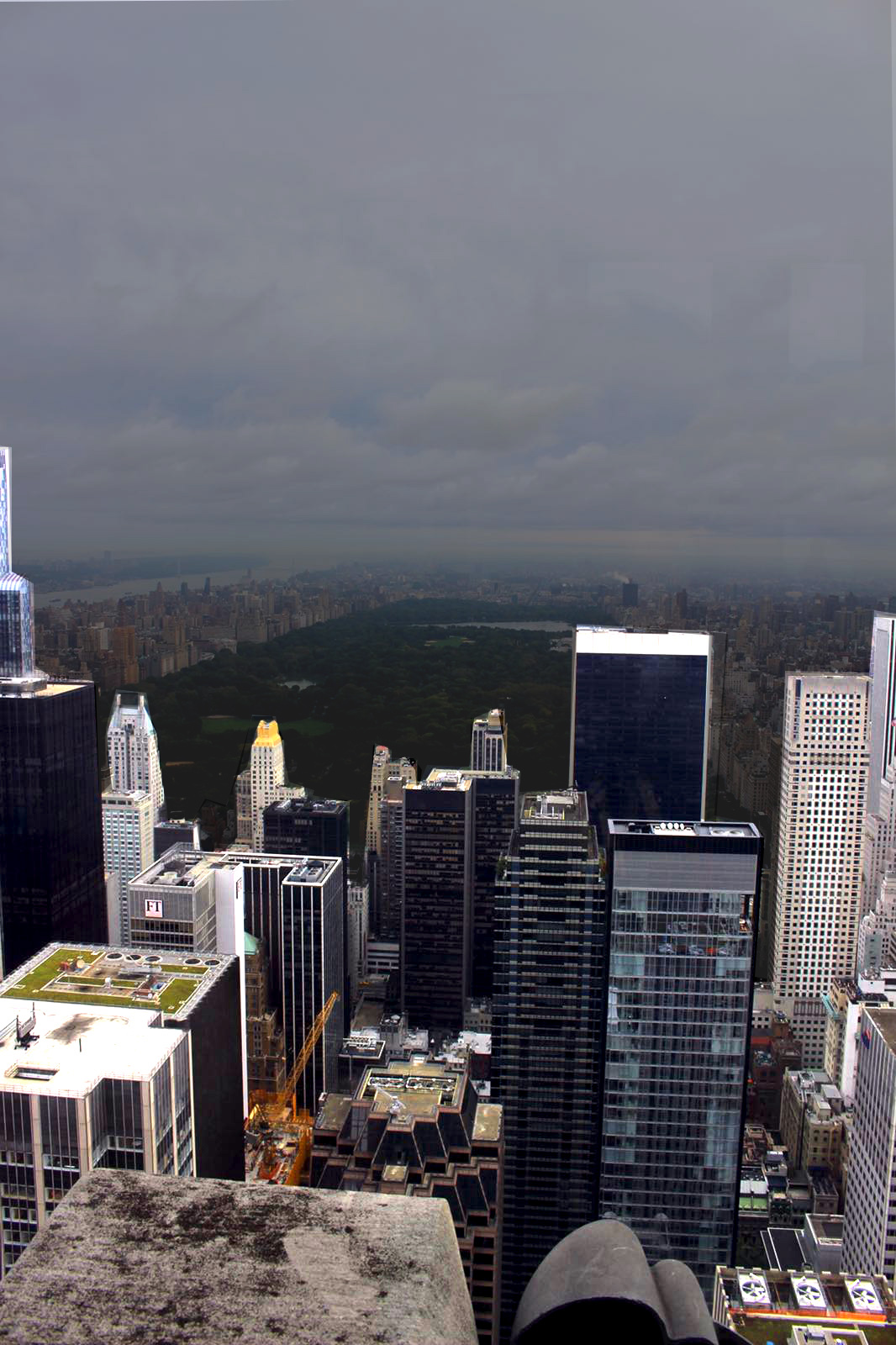
Landscapes-New York
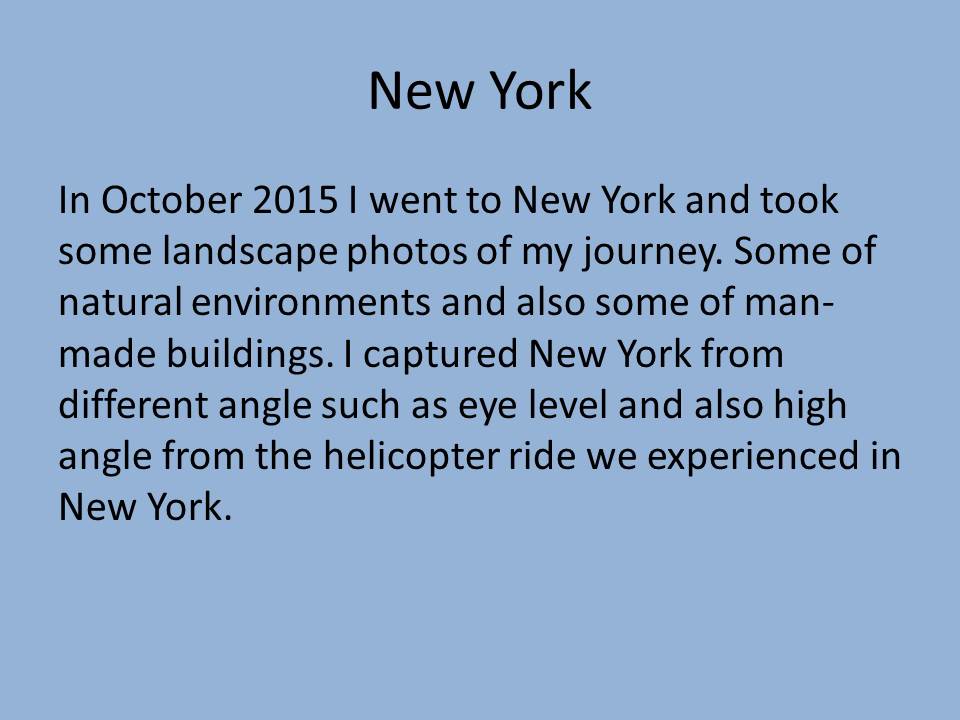
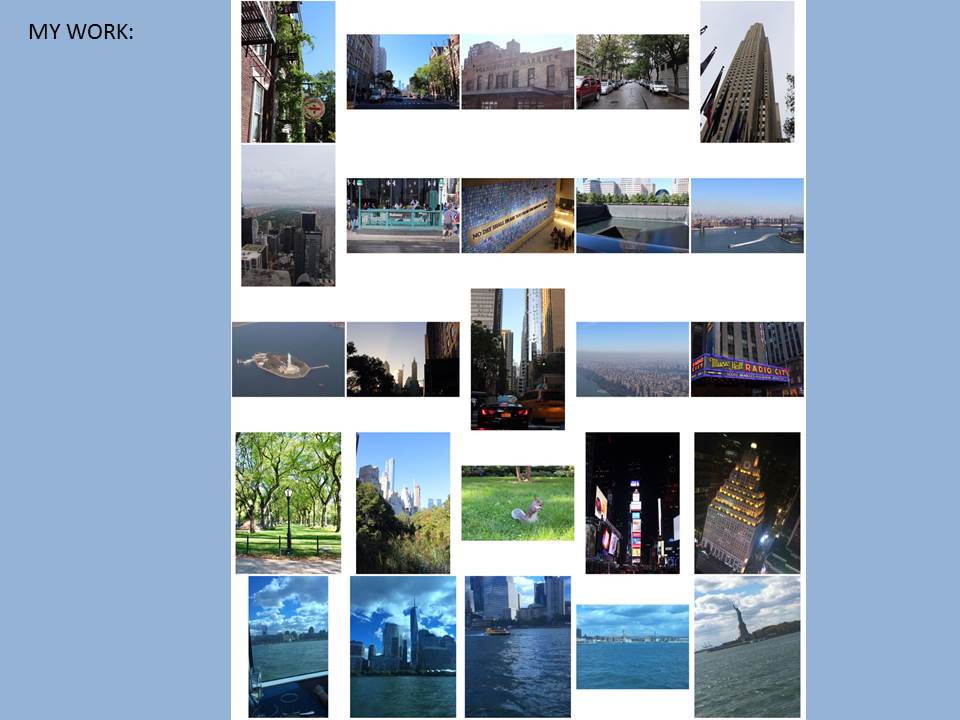
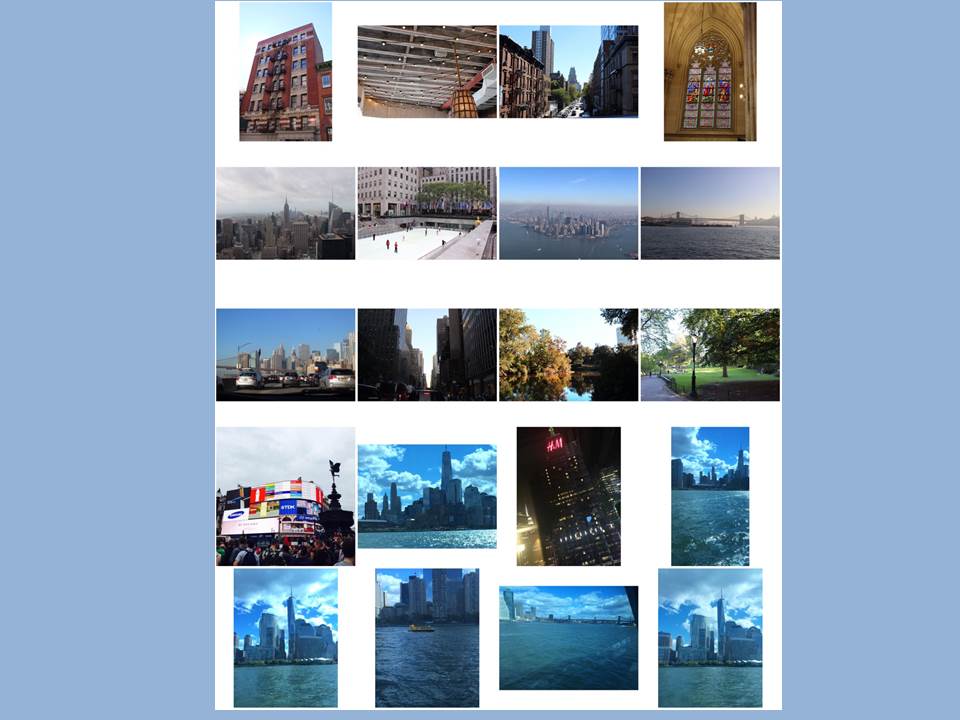
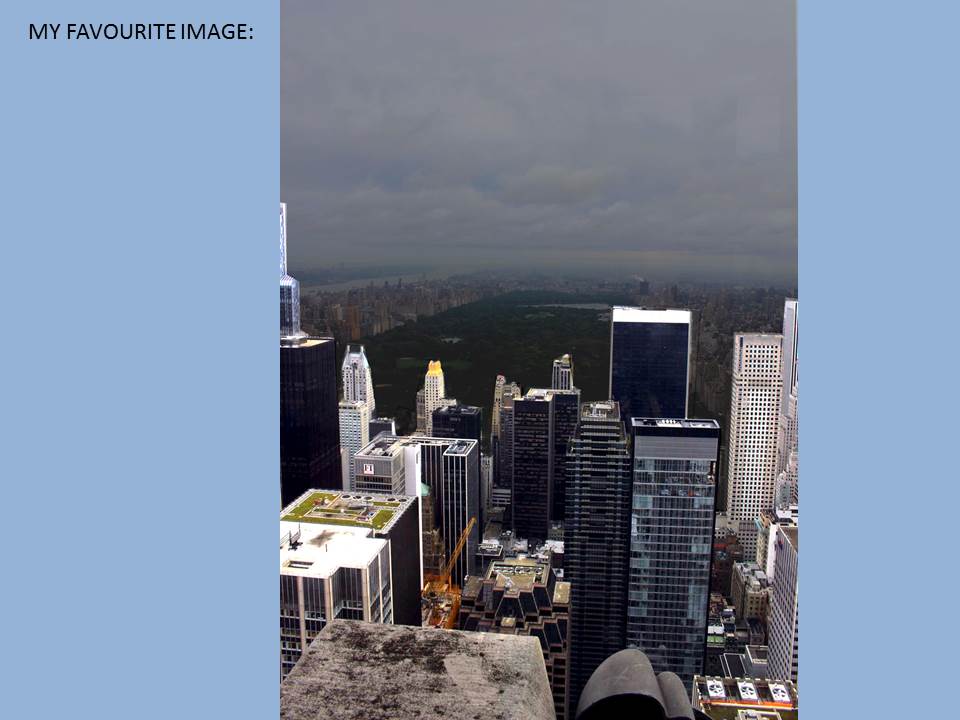
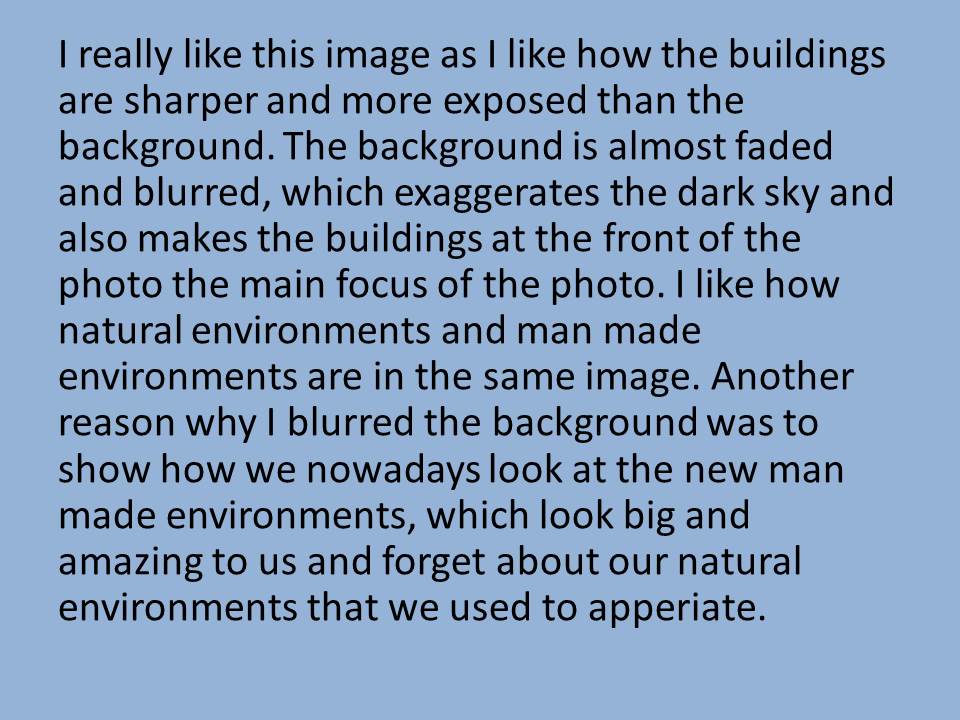
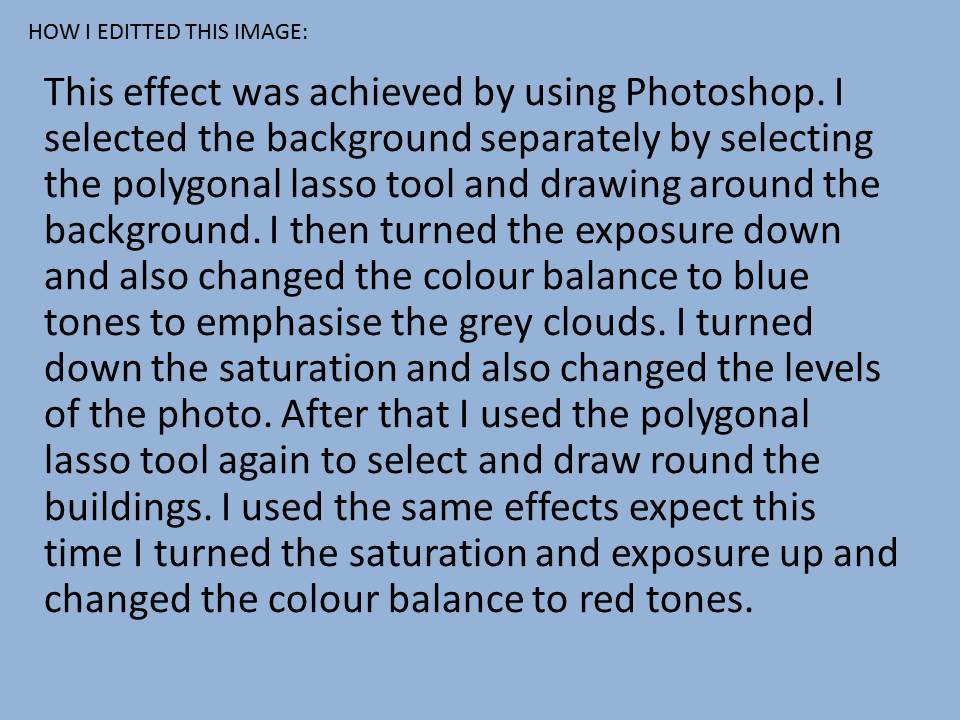
New Objectivity
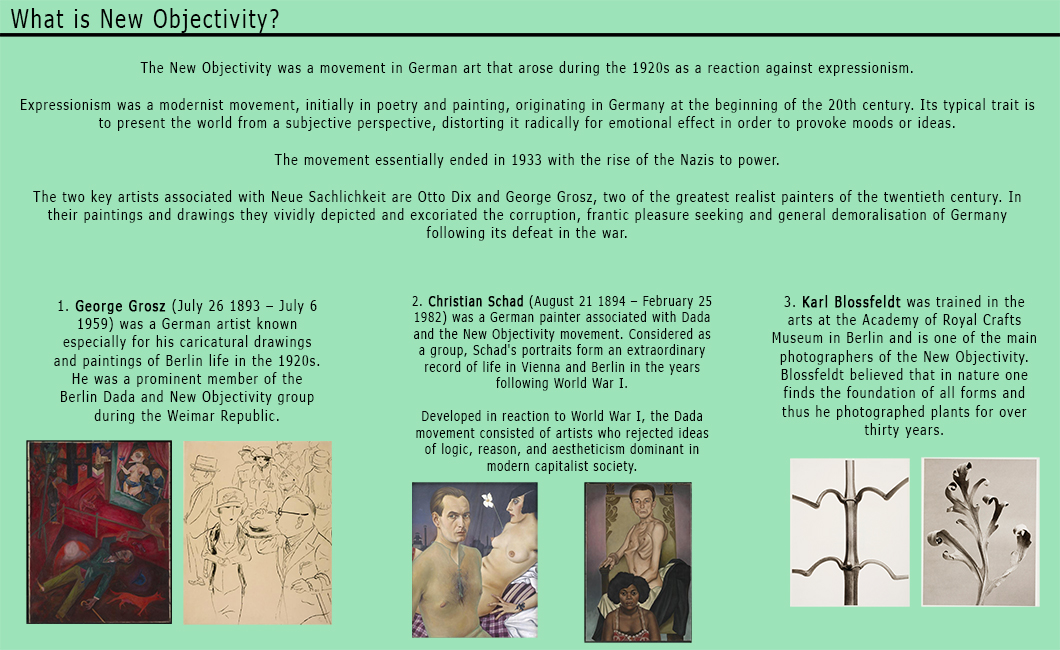
Typologies
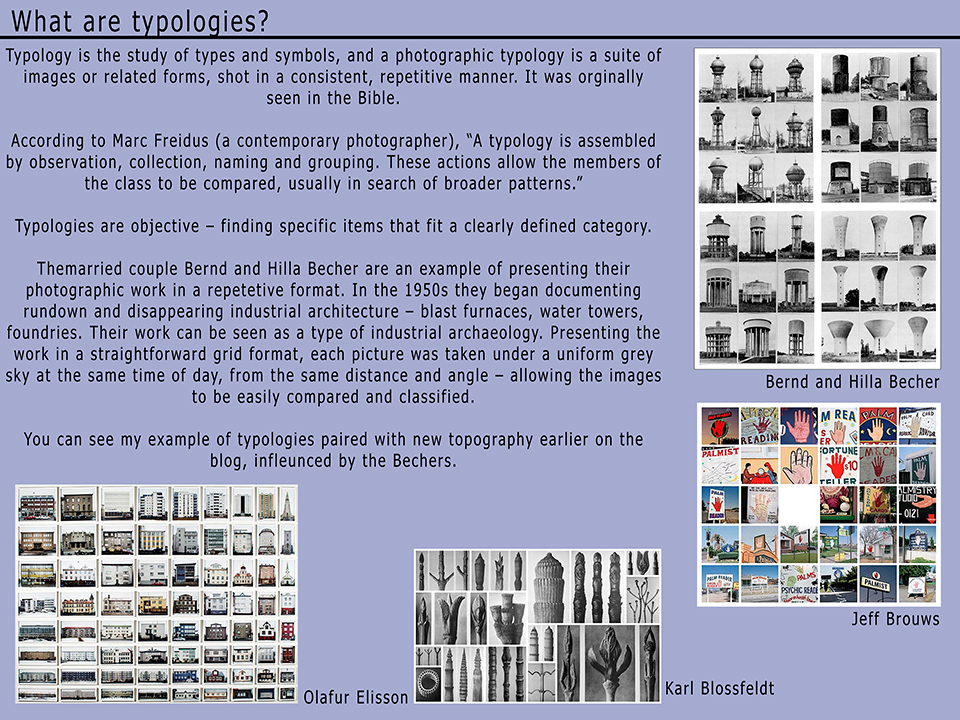
Typology
Here is my response to the Typology Study. I walked around the village in St Aubins taking photos of different doors that I walked past. Once I collected a range of different doors, I cropped each image so that they were all about the same size. I then placed all the images in a collage to show. I am happy with my result, and I now understand more about what Typology is about.
Climate Change: photography gallery trip
We had a trip to the Jersey Art Centre where we saw an exhibition called ‘Alliance Française: Climate State of Emergency’. This showed photos relating to the change in the planet and the effect people are having on the environment.
Here is a selection of my favorite images from the gallery. In my opinion I think the middle top image is the best as it really shows a vast empty but also full environment. I also like colours and textures in the picture. With the slightly dark blue clouds in the dramatic sky contrasting with the bright orange desert, rough, dusty ground. The image is very full with things to look at but cleverly gives off this empty feeling; a feeling of isolation. I also like that the photographer has taken a picture of something that used to be alive but has died over time. I find that it really sticks out over all the other images showing something that others haven’t.

Extension Tasks…Altered Landscapes
- Continue researching those photographers of the 1920s and 30s who were interested in capturing the surface qualities of various objects, who subscribed to Edward Weston’s view that “The camera should be used for a recording of life, for rendering the very substance and quintessence of the thing itself, whether it be polished steel or palpitating flesh.” What do you understand by the term ‘The New Vision’ or ‘New Objectivity’ in photography?
- How and why did photographers break away from the Pictorialism of the pre-war period? What impact did the First World War and the Russian Revolution have on photographers’ attitudes to their practice?
- What was the influence of the invention of the Leica hand held camera?
- Make a list of different types of surface, material or object. For example: rough stone, well trodden earth, a mirror, the back of a hand, a dog’s coat, cracked concrete, a wooden door …etc. Once you have completed your list (aim for at least 20 items), set about collecting photographs (using your phone and/or camera) of these various surfaces. Consider how best to capture the qualities of each material. Experiment with framing/cropping, point of view (low angle/high angle) and lighting conditions. Upload your images as a new album/gallery.
- Print one or two of these images. Experiment with altering the surface of the prints. Use a list of verbs to help you: scratch, fold, bend, curl, crush, stitch, roll, insert, tear, combine etc. Re-photograph these altered images. Consider using a support for your images by fixing them to a variety of other materials e.g. wood, metal, perspex, glass, tinfoil etc. Try partly covering/obscuring your photographs with other materials – paper, cloth, glass, tinfoil etc. What happens?
-
Check out // Dafna Talmor – Constructed Landscapes
-
https://vimeo.com/163832184
Abstract and Formalism
Abstract photography is an image that isn’t associated with the object world. This can be done through various unusual textures within the photograph along with striking light forms creating interesting shapes. This creates a strange and slightly unrealistic effect. Influential photographers include Paul Cézanne, Jessica Eaton, Barbara Rosenthal.
Rust Abstraction



Keld Helmer-Petersen


Boylle Family



Formalism in photography analyses and compares form and style mainly focusing on color, line, shape, texture and their purely visual aspects.
Paul Strand – Light/Shadows

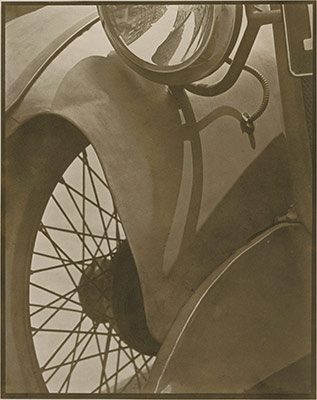

Reeds – Line/pattern



Texture/pattern

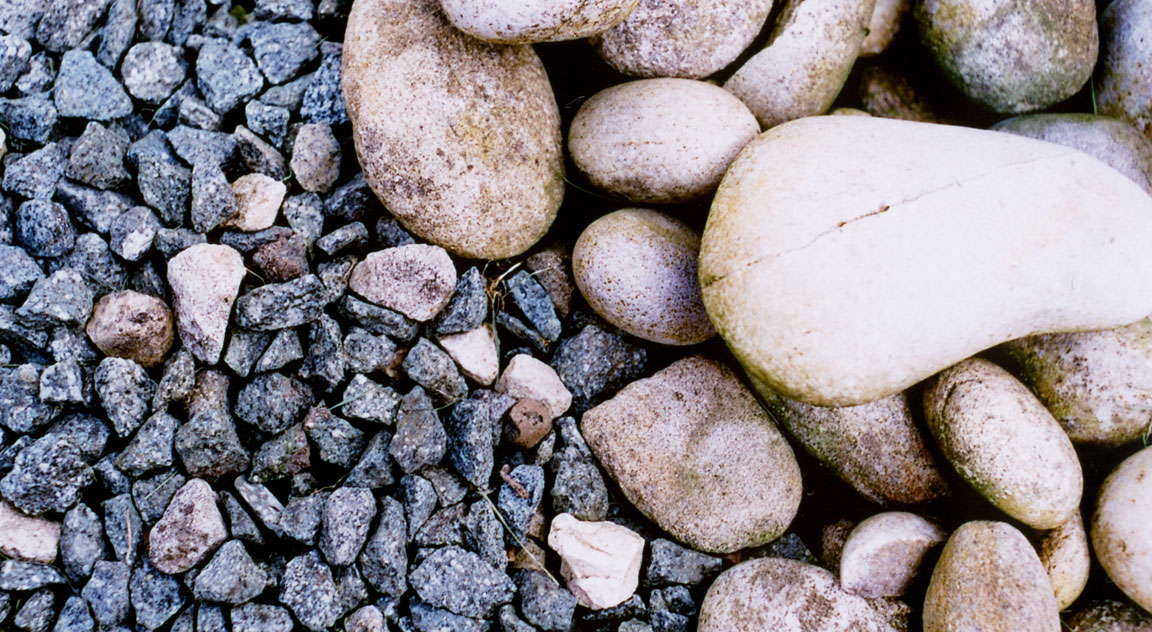

Romanticism
Romanticism heavily focuses on emotion and more of classical sides of beauty rather than “ugly” and “industrial” areas. It originated in response to the industrial revolution in England where people where fleeing the beautiful countryside and emigrated to the cities which spoiled the landscape. Romanticism can often be exaggerated by the artist whose interpretation and feelings towards beauty are expressed. Nowadays romanticism is focuses more on beauty of the landscape.



